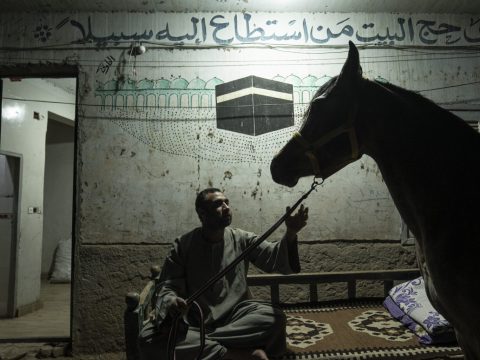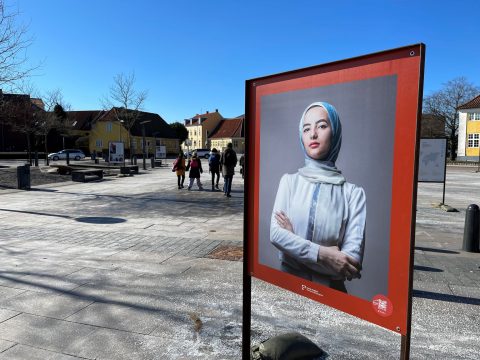More than 1200 people visited the ‘Framing Life’ exhibition taking place in Downtown Cairo. Eleven photographers showcased their compelling, intimate, and personal photo stories as a result of four workshops at DEDI given by teachers from the Danish School of Media and Journalism.
By Elisabeth Vang Jørgensen
As the sun is setting over Downtown Cairo, a crowd gathers in front of Kodak Passageway. It’s a small green oasis for pedestrians tucked away from the noisy Adly Street, where the old store, lab, and garage of Kodak, have been redeveloped to become a gallery space. Here the opening night for the ‘Framing Life’ exhibition is taking place and a sense of excitement, pride, and celebration fills the air as friends and family congratulate the photographers, while by-passers stop to see what all the buzz is about.
Inside the space are photo stories produced by eleven talented Egyptian photographers. Survivors are at the center stage with compelling and intimate portraits of women surviving breast cancer and stories of surviving a loss, blackmail, sexual abuse, or surviving living in the megacity of Cairo. Walking around in the hall with its raw, concrete floor and pillars, the stories stand out and leaves a mark on viewers as the unseen side of the television modeling industry, kidnappings, and child labor are being portrayed.













